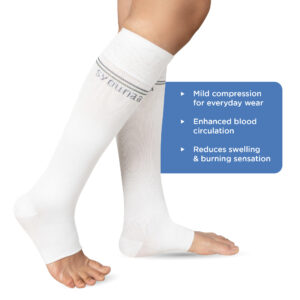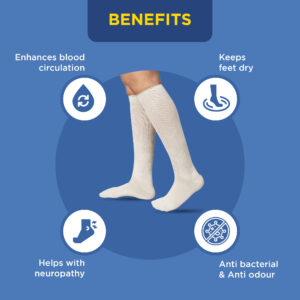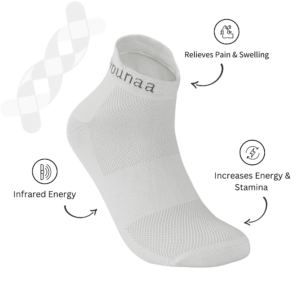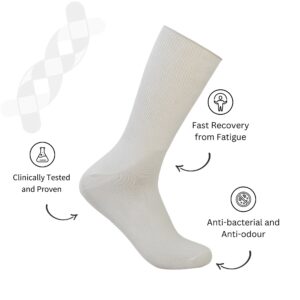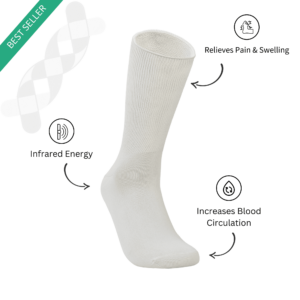As a diabetic, doctors would recommend you to do at least 30 minutes of moderate-intensity exercise for at least 5 days a week. It’s also healthy for you to get up and start moving for at least 30 minutes. This will get your blood pumping and get you started off to a wonderful day.
Why Should You Exercise With Diabetes?
Diabetics either can’t produce enough insulin or they can’t use insulin the way a regular person does. So, their sugar is always high and in the way of other organs, veins, arteries and nerves.
When you exercise, your muscles directly use up glucose. Hence the body can do without producing a small amount of insulin. This is why type 1 diabetics or insulin-dependent diabetics are asked to lower their dose of insulin when they work out or do a high-intensity exercise.
Exercising keeps your sugar in check without the need for synthetic products and additives.
3 Things A Diabetic Must Include In Their Exercise Routine
Don’t stick to one exercise, always make sure to include a range of workouts as each of them are unique and targets different muscle groups. It will help you get a strong body. With Type 2 diabetes, proper diet and exercise may even put your body to remission, which means that you will no longer require medicine to manage your diabetes.
1. Cardio Exercise
Cardio exercise is good for your lung and heart health. Diabetics often have a problem with proper blood circulation because the excess sugar in their blood acts as a barrier around the organs.

Cardio makes your heart pump and increases blood flow to your entire body. This is why you will feel hot all over your body and those with neurosis, may be able to keep their condition under control and regain some sensation.
Cardio is not for everyone. It is not recommended for those with certain heart conditions. Hence it is important to consult your doctor before starting a cardio routine. Secondly, it is important to wear proper footgear to protect your feet from getting hurt.
Types of cardio exercises include:
- Brisk walking
- Swimming
- Running
- Aerobics
- Zumba dance (which is a combination of aerobics and freestyle moves)
2. Strength Training
Strength training is also essential for diabetics because it provides the right balance to your cardio workout. Strength training helps you get a stronger core and helps you build muscles.
Now, the common misconception with strength training is that it makes you bulky, which is why many women stay away from flexing those abs. But let us tell you, there are more benefits to strength training than you may think. Both men and women should include strength training as a part of their workout routine.
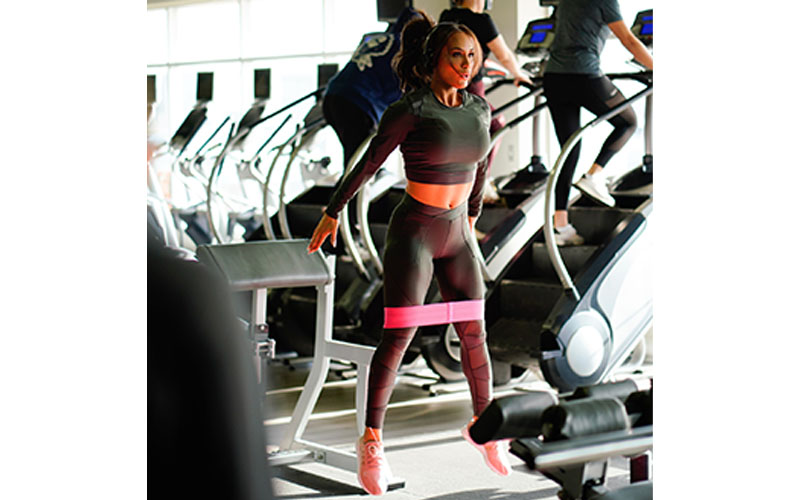
You don’t have to pump large amounts of weight to strength train, you can start with light weights. Resistance band training is a type of lightweight training that promotes the buildup of lean muscles. You can even use light (1-2 litre) water-filled bottles for light strength training.
Many strength trainers use callisthenics as a main form of strength training. Callisthenics involves exercises that strength train with the help of your own body weight. Pushups, pull-ups, lunges, squats etc are types of popular callisthenics exercises.
Strength training is always tough at first so remember to consult a professional and give yourself a 4 day resting period in between your strength training sessions. You can do cardio and other forms of exercise during those breaks.
3. Flexibility Exercises
We all know that as we grow older we become less flexible and more prone to injuries. Stretching can protect you from injuries and help you get more movement around your muscles.
This is why you need to challenge yourself and stretch those hamstrings, stretch your arms and your legs and try to push yourself a little every day.

You should always do small stretches and warm-up sessions before and after an exercise routine. This reduces your chances of injuries. However, it is also suggested to take out a day to work on exercises that revolve around stretching.
Common exercises that improve flexibility are:
- Yoga
- Pilates
- Taichi
Lastly, exercise does not have to be rigid and to get the best out of your workouts, you should do a range of exercises. Do a bit of cardio, strength training and flexibility training etc. WIthin cardio, you don’t have to limit yourself to walking, you can run, swim, do aerobics, there’s so much you can do with your body.
Make sure to start slow and consult your doctor. They can help you balance your diet so that you get the best out of your exercises. Exercise will help keep your body moving. The more you move, the better you will feel and your diabetes will remain under control.














